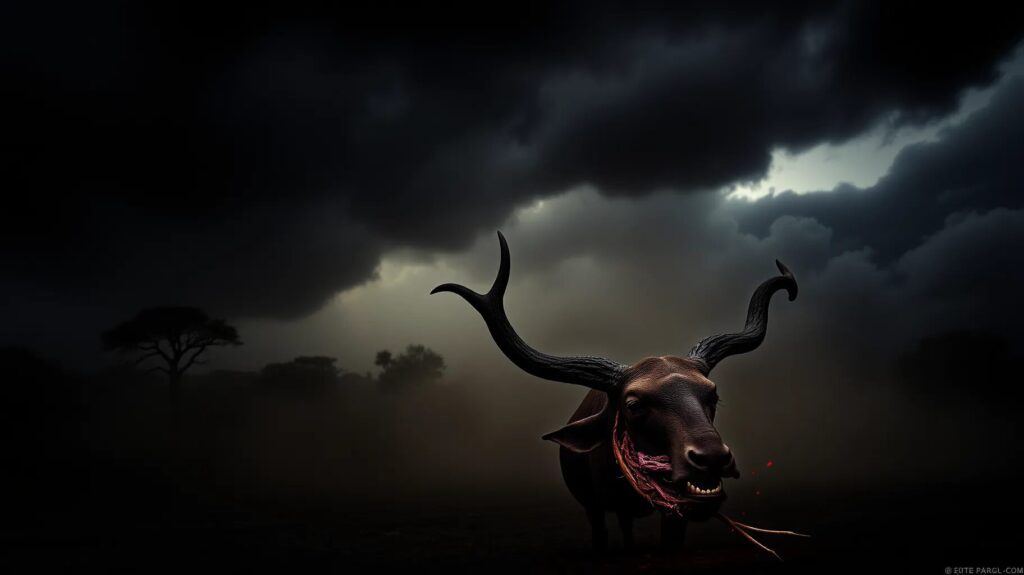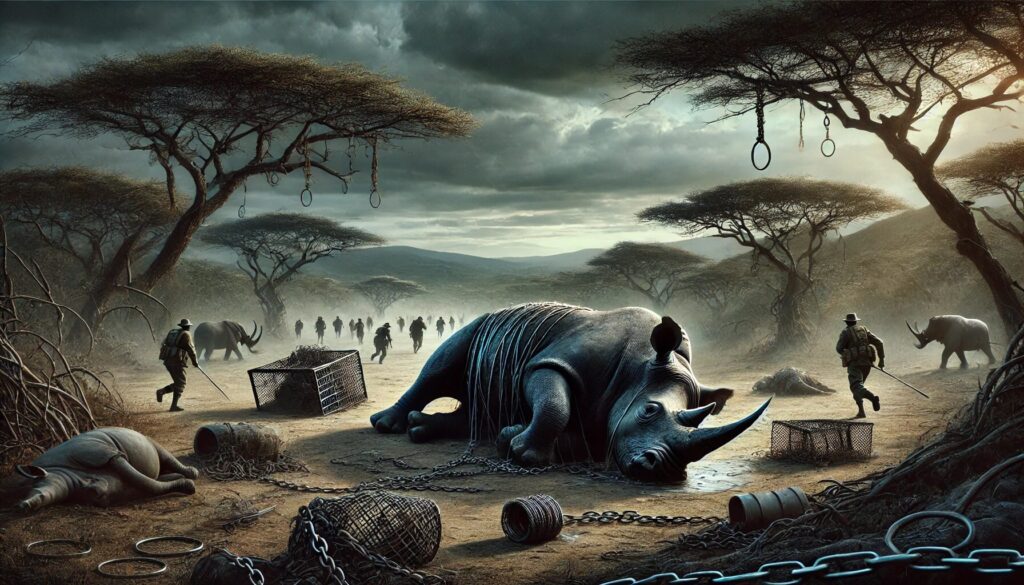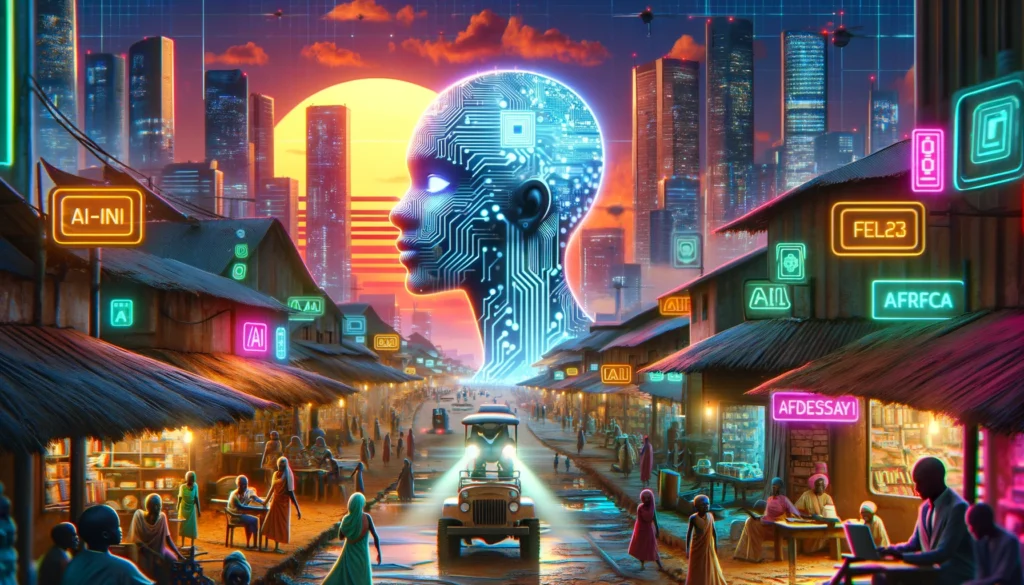
A Game Changer for Conservation
The illegal wildlife trade is a global problem of epic proportions. Species are driven to the edge of extinction, fragile ecosystems are disturbed, and local communities often suffer. The financial impact is also staggering, with this black market generating billions annually. It’s a crisis that not only threatens biodiversity but also fuels corruption and crime.
While traditional methods have long been used to fight this issue, they’re no match for the organized and highly sophisticated poaching syndicates. Enter Artificial Intelligence (AI). In recent years, AI has begun to revolutionize the way conservationists protect wildlife and dismantle illegal wildlife trade networks. It offers a glimpse of hope for the future, showing that technology can be a vital tool in this high-stakes battle.
AI in the Fight Against Poaching: An Overview
At the heart of AI’s impact on poaching is its ability to analyze massive amounts of data at unprecedented speeds. In conservation efforts, the ability to process real-time information can be the difference between saving an animal and losing it to poachers. AI is helping rangers and wildlife protection organizations stay one step ahead, using tools like predictive analytics, image recognition, and machine learning.
With AI-driven technology, it’s now possible to predict poaching hotspots. Data from past poaching activities, combined with environmental factors such as weather patterns and animal migration routes, allow AI to forecast where poachers might strike next. This kind of analysis would take humans weeks, but AI can do it in seconds. This proactive approach to poaching prevention is already showing promising results.
Machine Learning for Species Identification
One of the primary applications of AI in wildlife conservation is species identification. Machine learning algorithms can now analyze images from remote camera traps and drones, recognizing endangered species in their natural habitats. This not only helps track animal movements but also alerts authorities when these animals are in danger zones. Moreover, these systems can differentiate between poachers and other wildlife, sending immediate alerts to rangers before it’s too late.
Traditionally, identifying species from images was a tedious task that required human intervention. Rangers would have to sift through thousands of images from cameras placed in the wild. Now, AI systems can analyze these images in real time, identifying species and even recognizing individual animals. This automation frees up valuable time for rangers, allowing them to focus on actual fieldwork.
Real-Time Poaching Detection with Smart Cameras
AI-equipped cameras are another groundbreaking technology. These smart devices use deep learning algorithms to detect and recognize suspicious activities. For instance, they can identify the sound of gunshots or unusual human movement in protected areas. When these systems detect a threat, they immediately alert local authorities or ranger teams. This is critical in remote areas where patrols might be infrequent, or where large tracts of land make it difficult to detect illegal activity.
In some African parks, these smart cameras are mounted on drones that patrol vast areas autonomously. Combined with real-time satellite imagery, this provides a bird’s-eye view of the situation, helping conservationists monitor vulnerable areas even in harsh, inaccessible terrains. The immediacy of this technology is critical for timely intervention.
AI and Predictive Analytics: Staying One Step Ahead

One of the more impressive uses of AI is predictive analytics. By analyzing patterns in historical poaching data, including geographic and temporal data, AI systems can forecast potential poaching events. Conservation groups like the Zoological Society of London have already adopted AI to predict poaching incidents, allowing them to deploy ranger teams more strategically. These forecasts are based on everything from past arrests and known poaching routes to weather patterns and seasonal animal migrations. By anticipating where poachers are likely to strike, rangers can act preemptively, significantly reducing poaching incidents.
Predictive analytics has also proven invaluable in identifying high-risk areas in the illegal wildlife trade supply chain. By tracking online trafficking networks, AI helps uncover patterns in illicit activities, exposing hidden markets that may have gone unnoticed.
Drones and AI: A Dynamic Duo
Drones have been a game changer in wildlife protection, but when combined with AI, their effectiveness multiplies. AI-powered drones can cover large areas of wilderness, detect poachers from the sky, and even predict their movements. These drones are fitted with infrared cameras to detect body heat and movement, making them effective even in low visibility conditions such as night-time or dense forests.
In South Africa, drones equipped with AI systems are used to monitor rhinos and elephants—two species that are frequent targets of poachers. These drones fly over reserves, scanning for unusual activity and alerting rangers to potential threats. The AI onboard is trained to recognize specific human behaviors, like poachers setting up traps or chasing animals.
Combatting Trafficking: AI’s Role in Stopping the Trade
While AI’s role in the field is crucial, it also plays a key part in tackling the illegal wildlife trade on the digital front. Traffickers often use online marketplaces and encrypted communication tools to buy and sell endangered species or animal parts, like ivory and rhino horns. This is where AI’s ability to sift through massive amounts of online data shines.
AI tools can now automatically scan websites, social media platforms, and online marketplaces to detect illegal wildlife sales. These tools use natural language processing to flag keywords or phrases commonly used by traffickers. For example, code words or emojis are often employed to describe endangered animals or their parts to evade detection. AI systems can decode these terms, helping law enforcement trace and disrupt these illicit sales networks.
Collaborative Databases and AI Insights
Another exciting development is the use of collaborative databases powered by AI. Conservationists from across the globe can share data on poaching activities, wildlife trafficking, and even sightings of endangered species. These databases feed AI systems, providing them with more data to analyze and draw conclusions from. This collective intelligence allows for a more cohesive, global approach to combatting wildlife crime.
In some cases, AI systems can also cross-reference data from other industries, like finance or transportation. By examining patterns in wildlife trafficking and correlating them with suspicious financial transactions or shipping records, AI helps authorities catch traffickers before they can complete a deal.
Challenges in AI Implementation for Wildlife Protection
Despite its promise, the implementation of AI in fighting poaching and the illegal wildlife trade isn’t without challenges. One of the most significant obstacles is the cost of technology. AI systems, smart cameras, drones, and satellite monitoring can be expensive to deploy and maintain, particularly in developing countries where many endangered species reside. While some wildlife reserves have the resources to implement these systems, many are reliant on donations and limited budgets, making widespread adoption difficult.
Moreover, AI technology relies heavily on a steady stream of data. Remote areas often lack strong communication infrastructure, such as reliable internet or cellular networks, which is essential for real-time data transmission. Without this, the full potential of AI systems can’t be realized. These areas might also have limited access to technical expertise, making it challenging to train personnel to manage and maintain AI systems effectively.
Another issue is that while AI can predict and detect poaching activities, it cannot act alone. It still requires human intervention to apprehend poachers and dismantle trafficking networks. There’s also the concern that poachers will eventually adapt to these technologies, finding new ways to avoid detection. This constant game of cat-and-mouse demands that AI technology stay one step ahead, which requires ongoing development and innovation.
Success Stories: AI in Action

Despite these challenges, there have been numerous success stories that show just how impactful AI can be in conservation efforts. In Tanzania’s Serengeti National Park, AI-powered drones have helped significantly reduce poaching incidents. These drones cover vast areas that would otherwise take days for rangers to patrol on foot. By sending real-time alerts, they have enabled rangers to intervene faster, saving countless animals from poachers.
Similarly, in Kenya, AI systems have helped to track and protect the critically endangered black rhinoceros. Here, drones equipped with AI monitor rhino movements, alerting rangers to any suspicious human activity nearby. Thanks to these efforts, rhino populations in some regions are showing signs of recovery, a testament to the effectiveness of these AI-driven tools.
On the digital front, AI has been instrumental in breaking up wildlife trafficking rings. For example, Wildlife Justice Commission, an organization that fights wildlife crime, has used AI to track down traffickers selling ivory and other illegal animal products online. Their AI tools flagged patterns and keywords in online marketplaces, leading to successful arrests and the shutdown of trafficking networks.
The Role of AI in Community Involvement
AI isn’t just about technology; it’s also playing a key role in community engagement. Many poaching incidents happen in areas where local communities live in close proximity to wildlife. Unfortunately, poverty and lack of opportunities can lead some community members to turn to poaching for survival. Here, AI can be leveraged not only to monitor wildlife but also to empower local communities. By creating AI-driven programs that help locals participate in conservation—such as through the monitoring of endangered species or helping in data collection—communities can become stakeholders in the protection of wildlife.
In some cases, AI has been used to create alternative livelihoods for locals, such as developing ecotourism initiatives that rely on AI data to attract tourists interested in observing wildlife in their natural habitat. This shift towards sustainable alternatives reduces the need for poaching while improving the economic situation of the community.
AI’s Future in Wildlife Conservation
The future of AI in combating poaching and illegal wildlife trade holds immense potential. As technology advances, we can expect AI systems to become more affordable and accessible, allowing more conservationists worldwide to adopt these tools. Collaboration between governments, tech companies, and conservation organizations is also on the rise, providing more resources and innovation to this critical fight.
There’s also the growing role of AI in genetic analysis, where it can be used to track animal DNA and trace products like ivory or rhino horn back to the specific region or animal from which it came. This provides law enforcement with invaluable evidence when prosecuting wildlife traffickers and dismantling criminal networks.
Artificial Intelligence has already proven its ability to make a meaningful difference in the fight against poaching and illegal wildlife trade. The combination of real-time monitoring, predictive analytics, and digital detection offers hope that, with continued investment and innovation, we can turn the tide on this devastating crisis. The fight is far from over, but with AI in our corner, we’re more equipped than ever to protect endangered species and preserve the biodiversity of our planet.
Resources for Learning More About AI in Combating Poaching and Illegal Wildlife Trade
- Wildlife Conservation Society (WCS)
- Website: www.wcs.org
- The WCS uses AI and other cutting-edge technologies in its global conservation efforts, including combating poaching and illegal wildlife trade. They publish case studies, reports, and news on the progress of their initiatives.
- Zoological Society of London (ZSL)
- Website: www.zsl.org
- ZSL has been at the forefront of using AI for wildlife conservation. Their “Instant Wild” program employs AI to monitor wildlife in real-time, offering insights into how AI is used to protect endangered species.
- Wildlife Protection Solutions (WPS)
- Website: www.wildlifeprotectionsolutions.org
- WPS utilizes technology, including AI-driven cameras, to stop poaching in real time. Their website features information on current projects and tools for using AI in conservation.
- Microsoft AI for Earth
- Website: www.microsoft.com/ai-for-earth
- Microsoft’s “AI for Earth” initiative offers grants, tools, and resources for using AI in environmental protection. It’s a great resource for understanding the larger application of AI in conservation efforts, including fighting wildlife trafficking.
- World Wildlife Fund (WWF)
- Website: www.worldwildlife.org
- The WWF has long been involved in the battle against poaching and illegal wildlife trade. Their site contains numerous resources, including reports and AI-driven projects aimed at stopping poachers and traffickers.
- National Geographic Society
- Website: www.nationalgeographic.org
- National Geographic supports research and conservation efforts that utilize AI, and they often publish stories on the impact of these technologies in protecting endangered species.
- Google AI for Social Good
- Website: www.ai.google/social-good/
- Google’s AI for Social Good program explores how AI can be applied to pressing global issues, including wildlife protection and anti-poaching efforts. Their site features various projects and resources for those interested in the intersection of AI and conservation.
- The Wildlife Justice Commission (WJC)
- Website: www.wildlifejustice.org
- WJC investigates and combats wildlife trafficking using AI-powered tools to track online trade. Their website contains reports, news, and case studies on wildlife crime.
- Panthera
- Website: www.panthera.org
- Panthera is dedicated to the conservation of wild cats. They use AI-driven technologies like predictive analytics and camera traps to track and protect species like lions, tigers, and leopards.
- SMART (Spatial Monitoring and Reporting Tool)
- Website: www.smartconservationtools.org
- SMART is an open-source software application used by conservationists to improve anti-poaching efforts. It incorporates AI and is a valuable resource for learning how technology can aid in wildlife protection.





